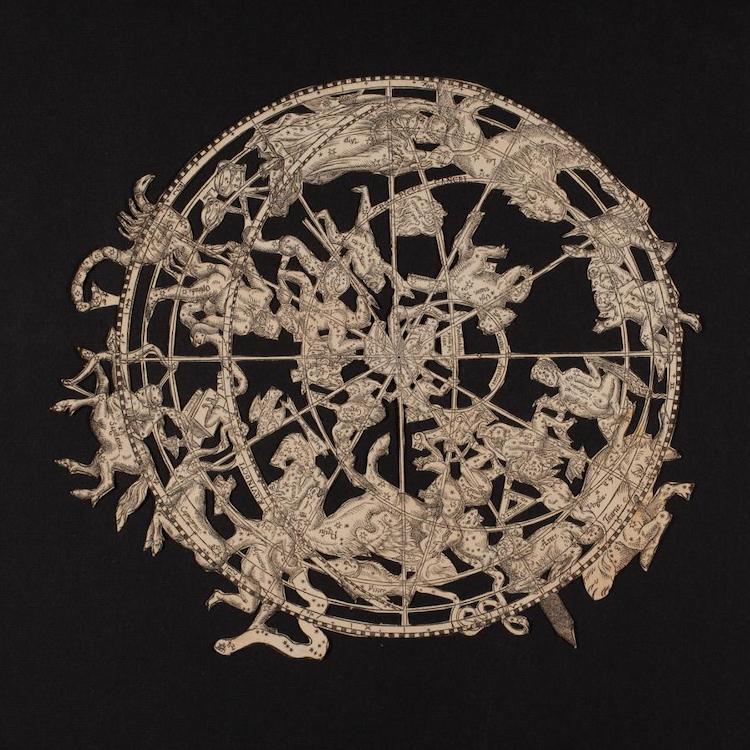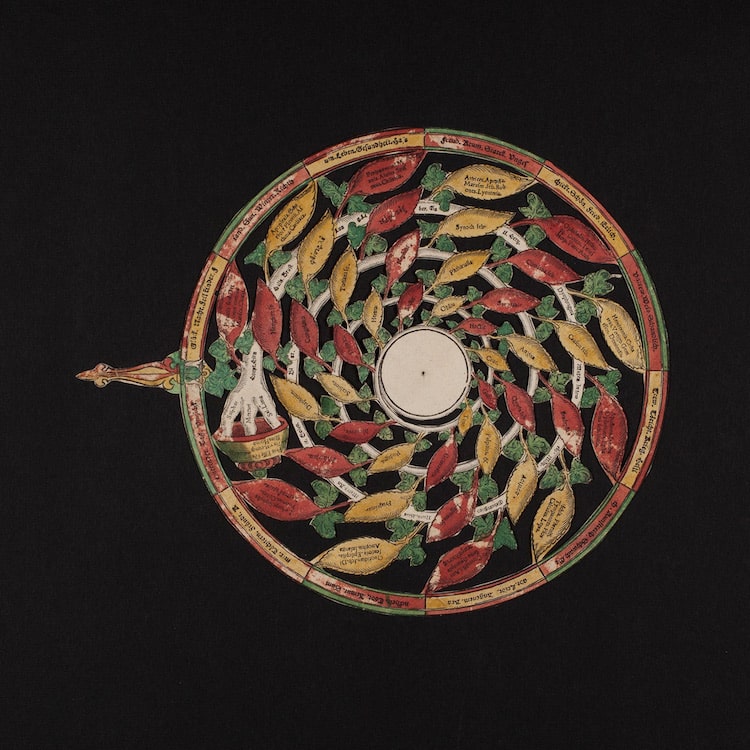Astrology may seem frivolous to some today, but it figured heavily into world views during the Renaissance.
The stars could have a powerful impact on one’s life, includingpredicting your future.
Thurneisser lived from around 1530 to his death in 1596.
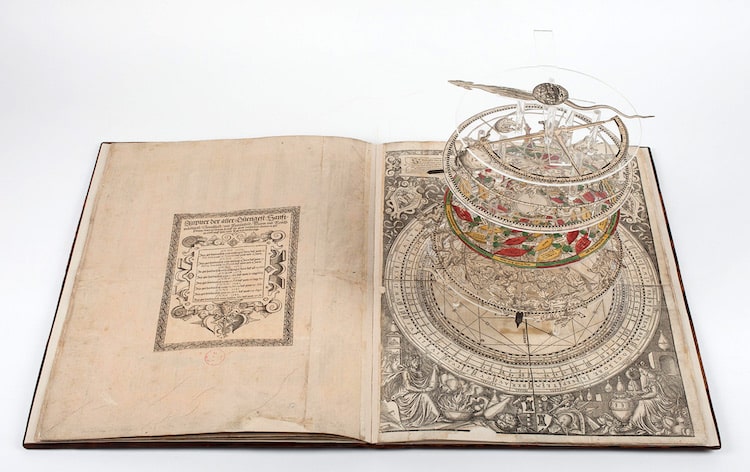
This included such pursuits as seeking the philosophers stone for alchemists and predicting the future for astrologers.
Known as amiracle doctor, Thurneisser was eventually denounced by his peer scholars.
However, his main achievements still fascinate today: his two intricate works of astrology.

His first tomeArchidoxawas published in 1569, and it hazarded predictions based on the star’s movements.Astrolabiumfollowed in 1575.
Complex geometric designs bring beauty and math together, aligned within a circle of months and other designations.
The name of the book reflected the paper constructions within, which acted as astrolabes.
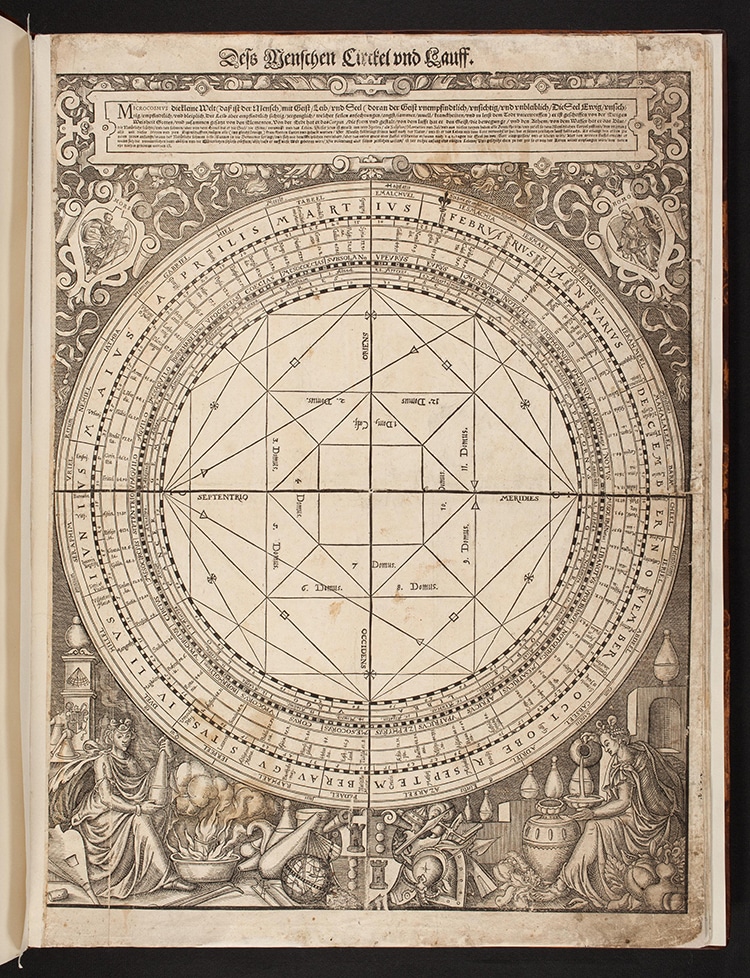
These ancient machines rather resemble watches, and their history traces back to ancient Greece.
How did you divine your horoscope in the 16th century?
Well you’d bust out a page of Thurneisser’sAstrolabium, a book with many moving paper astrolabes.
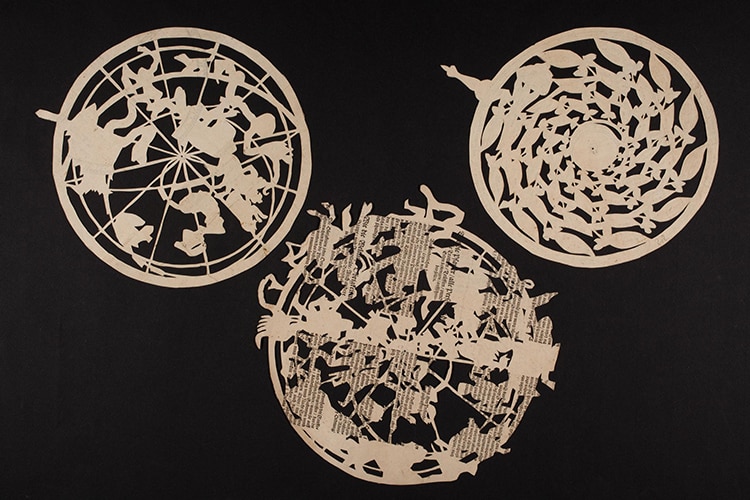
The entire book can be browsed by the astrologically curious online through the Library of Congress.
